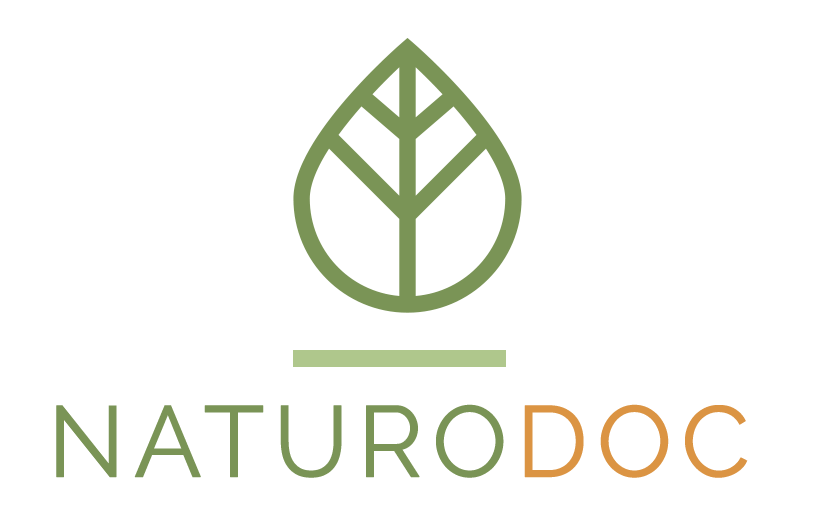Natural Pain Management
Pharmaceutical pain medications work very well for severe pain–for awhile, anyway. But before you become dependent or get a full-blown addiction to those pain pills, be aware that there are other options. If you are just starting to use a prescription opiate for pain, consider using some “tough love” along with it to avoid dependence or addiction.
If you are already dependent upon a pain-killing drug, consider alternating non-opiate pain medications or nutrient-based medicines along with periodic use of no medication. This will train your brain down from the miserable and expensive edge of addiction.
Pain is a normal survival message to the brain to change our behaviors, activities, or thoughts. It can direct healing energy to an injured or ill part of the body. When anyone gets the pain message, they first act to lessen the severity and duration of pain. I know I do.
When you use an opiate that blocks this pain message, you must still act to remove the cause of the pain and repair any damage. Otherwise, the masking of pain with even the most excellent medicine will not remove its cause. If your pain returns when you stop taking your medication, it indicates that the cause has not been repaired.
If you’ve been using an effective pain medication for awhile, the pain coverage decreases and doesn’t last as long. Sometimes people can adjust to a very precise schedule and minimize their pain for a long time. That is the best use of these medicines, and it’s certainly the ideal for chronic pain patients. However, quite frequently if you stop the medication, the original pain will return, and then some.
The cause of your pain is not being healed or removed by the medication, but it has been blocking the signal of pain to your brain. There is nothing wrong with merciful relief, and we are absolutely blessed to have access to these medicines in many cases.
The main point is that the pain message is actually needed to alert the brain to repair the damaged tissues or organs. So act to spare yourself the worst of acute pain, but know that you must heal the source of your pain for it to return to pain-free normal.
The concept of “tough love” is about using discipline and healing strategies to decrease the need for pain medication while treating the cause of the pain with natural medicines. By controlling inflammation and supporting the organ functions that have been weakened by the original injuries—as well as by side effects of some pharmaceuticals—you can notch down the need for and use of pain pills.
Here are some products and concepts my patients have found effective in this process of “tough love” for pain management.
Physical Therapy, Rehabilitation, and Work-hardening
Specialists and trainers are available to return your injured body to its pain-free, pre-injury state. This can be tough and will take discipline to accomplish, but good results can be obtained, and good health is worth a lot to most people. Work with the most experienced and well-trained natural health professionals. In many communities, physical therapists accumulate the most experience. In some, naturopathic physicians and other professionals do a more respected service. You must judge from your own experience how good they are.
Omega-3 Essential Fatty Acids (EFAs)
These help the body make PG-3, a prostaglandin that decreases inflammation in the body. The best-quality fish oils work well for this. Don’t overdo them, though, because too much can cause stress and damage. Stick with 1-2 capsules with the meal once a day. We are hearing good things about Krill Oil as an ideal source of Omega 3?s, but since it’s new, it’s more expensive than other sources.
Also, decrease the intake of vegetable oils and processed, rancid oils in your diet. Use virgin coconut oil for all high-heat cooking, and use olive oil for room-temperature salad dressing. With patience, your body will move away from chronic pain if you eat in this manner.
Metabolic Enzymes
Serrapeptase, nattokinase, and lumbrokinase (Boluoke) are natural enzymes that break down tissue proteins like fibrin which are associated with pain and circulatory obstruction. The result is that some types of arthritis and muscle aches will lessen and fade away, and improvements in circulation and joint flexibility have been observed.
MSM and DMSO
MSM (Methyl Sulfonyl Methane) and DMSO (Dimethylsulfoxide) are bioavailable forms of sulfur that decrease many aches and pains associated with arthritis and over-training, including repetitious stress injuries. Build up your use of MSM over a week, starting at 1 gram (1000mg) daily, up to 2 with meals, totaling 6 grams per day. This will take a couple weeks, and then there will be a noticeable relief.
Herbal Anti-inflammatories for Pain Management
Curcumin and Boswellia will both decrease the intensity of pain if taken regularly as 1-2 between meals. These Ayurvedic products come from the herbs Turmeric and Frankincense, respectively, and they are very safe and helpful when used to decrease the pain associated with a defective inflammatory process.
Magnesium Malate
This form of the soothing mineral Magnesium decreases chronic pain, such as from fibromyalgia and other autoimmune and inflammatory ailments. Excessive use can cause a laxative effect, but given the nature of opiates to constipate, that effect may not be entirely unwelcome.
These are just some introductory ideas for those seeking non-addictive pain medications. Any products from the beautiful poppy plant are a miracle in the hospital Emergency Room, but their long-term use has been a catastrophe to many Americans and their families.
You can read through NaturoDoc’s product offerings for pain management, but also use the search engines to track specific terms and names. Inform yourself further about these and other materials to help you make your best strategic decisions.
Using this tough love approach, your relationship to pain medications or any powerful pharmaceutical drugs will be safer, more affordable, and a whole lot safer.
